New Delhi: Union Minister for Electronics and IT Ashwini Vaishnaw, on 18 October, announced that Kaynes Semiconductor has commenced chip production, becoming the second semiconductor unit in India to begin manufacturing under the government’s India Semiconductor Mission (ISM).
“The second semiconductor plant started production last week. First was CG Semi and now it’s Kaynes,” Vaishnaw said during the GST Bachat Utsav press conference in New Delhi, which Finance Minister Nirmala Sitharaman and Commerce Minister Piyush Goyal also attended.
The Kaynes Semiconductor facility, approved in September 2024 with an investment of Rs 3,300 crore, is located in Sanand, Gujarat – the emerging hub of India’s semiconductor ecosystem. With a production capacity of six million chips per day, the plant will supply components for industrial, automotive, electric vehicle, consumer electronics, telecom and mobile phone applications.
Under the ISM, ten semiconductor units are currently under development or construction across the country. The first plant, CG Semi, also situated in Sanand, had earlier become the first to roll out made-in-India chips, marking a milestone in India’s journey towards technological self-reliance.
Highlighting the growth of the electronics sector, Vaishnaw noted that the industry is witnessing record demand driven by festive consumption. “Record sales in electronics during Navratri. As per data received from retail shops, sales this Navratri were 25 per cent higher compared to last year. Many categories, like 85-inch TVs, saw their entire stock wiped out. Many youngsters upgraded their old smartphones with new ones. Mobile phones, set-top boxes, TVs, washing machines, refrigerators, and many other consumer products saw an increase in sales,” he said.
Vaishnaw added that the strong demand and rapid expansion of domestic manufacturing indicate a maturing electronics ecosystem that will further strengthen India’s semiconductor and digital manufacturing capabilities.
It should be noted that India’s semiconductor landscape has witnessed a remarkable transformation, with ten projects approved across six states under ISM, representing cumulative investments of Rs 1.6 lakh crore.
A major milestone came in May 2025, when Vaishnaw inaugurated two state-of-the-art semiconductor design facilities in Noida and Bengaluru -India’s first dedicated centres for advanced 3-nanometer chip design. The nation’s capabilities were further showcased at SEMICON 2025, where the first set of Made-in-India chips produced from a pilot line was unveiled, marking a defining moment in India’s pursuit of semiconductor self-reliance and technological leadership.
The country accounts for 20 per cent of the world’s semiconductor design engineers, underlining its growing global significance in chip design and innovation. Student-led participation is also on the rise, with 28 chips taped out by teams from 25 academic institutions.
Over 60,000 students have been trained through specialised semiconductor programs, while 278 universities and research institutions are actively contributing to chip design and R&D. Together, these efforts are building a strong foundation of skilled professionals and innovators poised to drive India’s semiconductor ambitions forward.






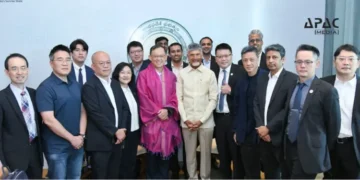




















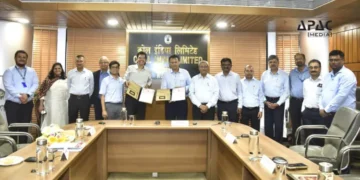
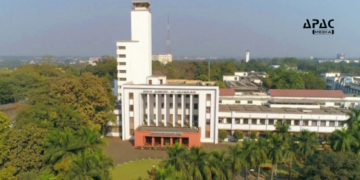

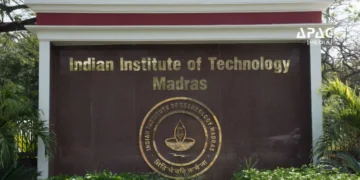
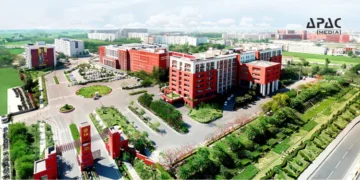
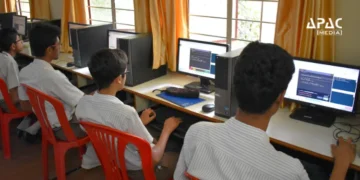
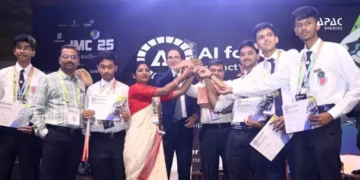






















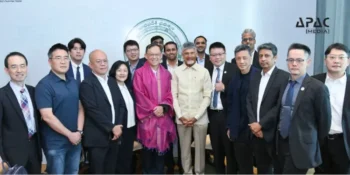







Discussion about this post